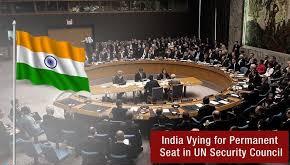Which institution in India works with the UNESCO to achieve its educational goals?

UNESCO has always strived to refine and redefine education. The Mahatma Gandhi Institute of Education for Peace and Sustainable Development (MGIEP) was set up for the same purpose.
MGIEP is an educational research institute that was established in 2012 in Delhi. The institute works to implement education for building up a peaceful and sustainable society.
Various research programmes are carried out by the institute. For instance, it recently conducted a study to find out the effect of peace education. It also uses the help of the internet to conduct online campaigns.
The work of MGIEP is done in collaboration with the United Nations University in Japan. Dr. Anantha Kumar Duraiapparh, an experienced environmental development economist is the director of the institute.
Picture Credit : Google













